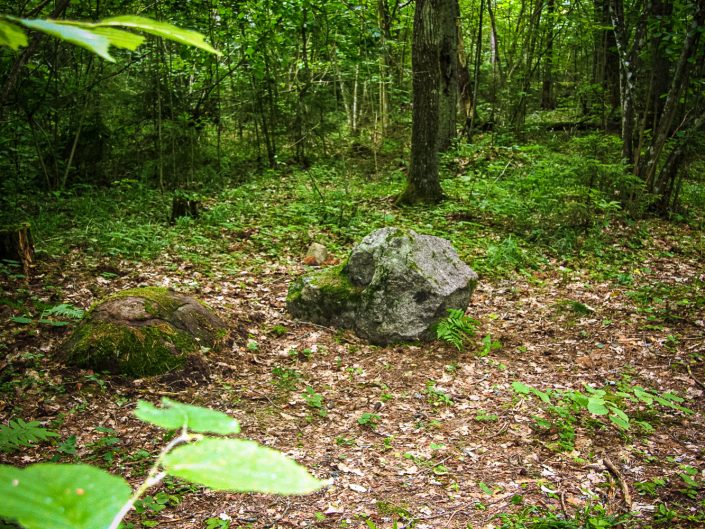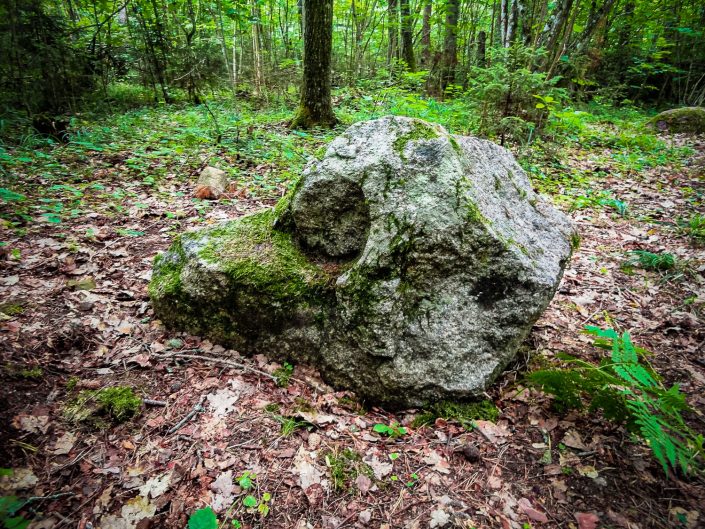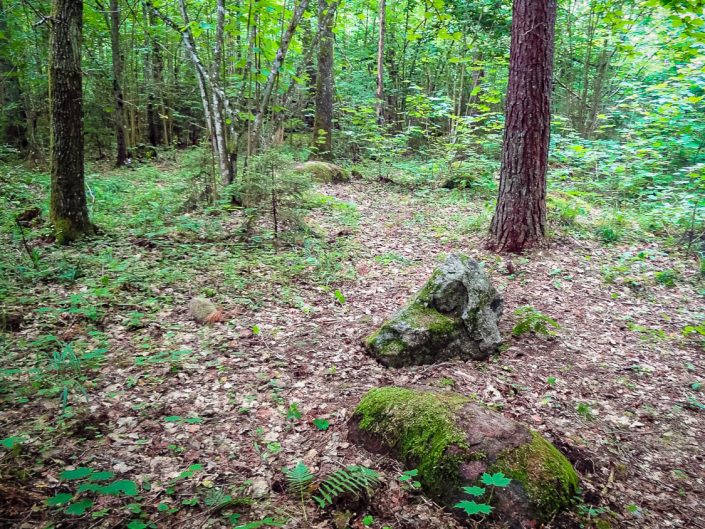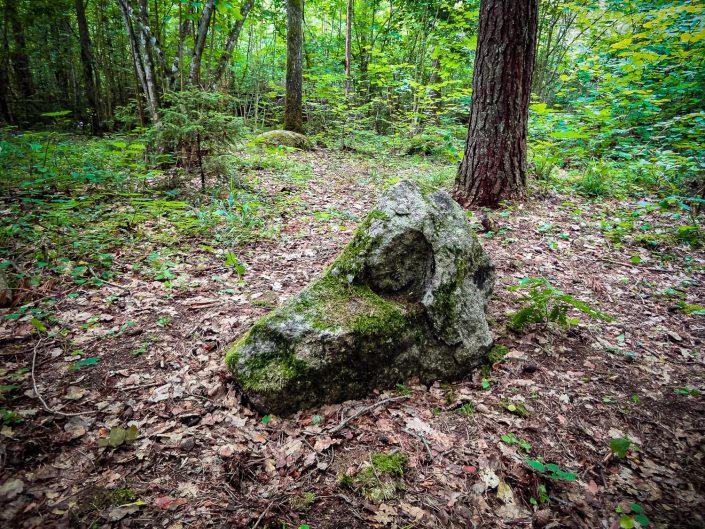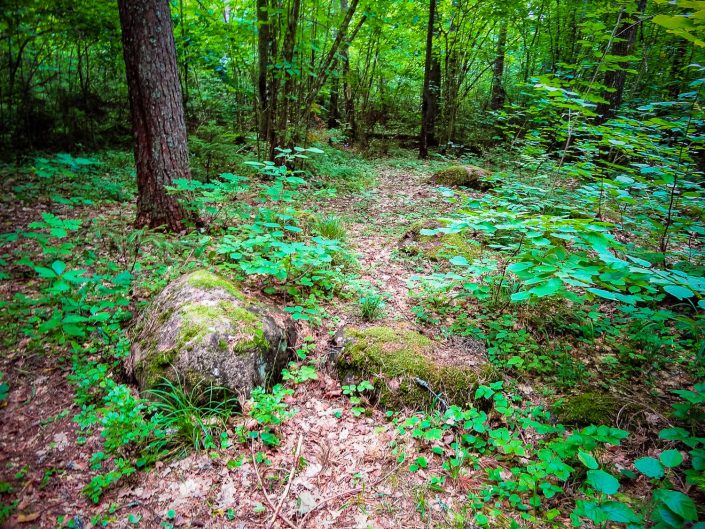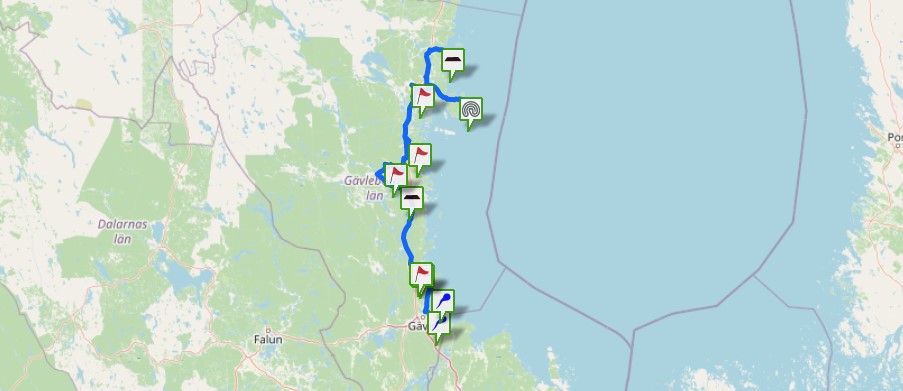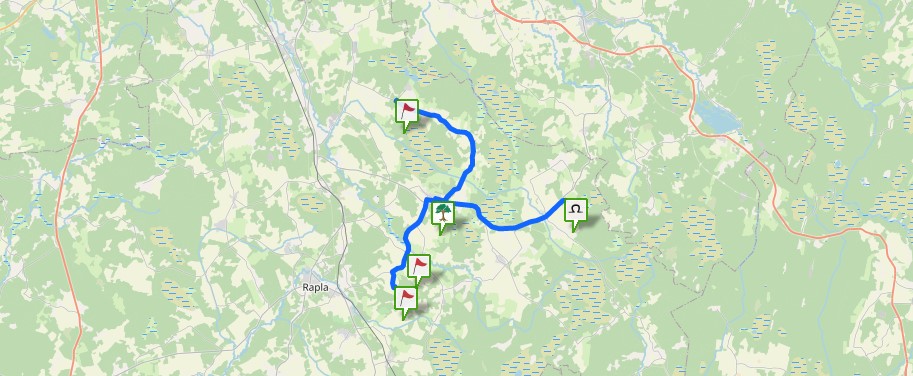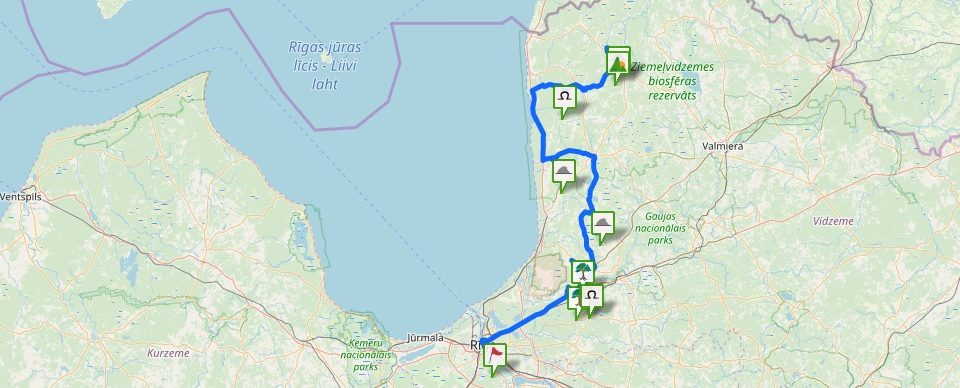Places within a 10 km radius
- Antoni Devil's Stone - 7.83 km
- Briņķi Pine Forest Spring - 0.71 km
- Dzelzkalni Church Hill - 2.92 km
- Ogkalns Idols' Hill - 6.53 km
- Paistalas Devil's Stone - 6.51 km
- Pobrenči Holy Spring - 6.85 km
- Sietiņiezis Rock and its Devil's Cave - 7.66 km
- Stoķi Holy Spring - 5.21 km
- Vītolēni Devil's Watch - 7.10 km
Platser inom en radie på 10 km
- Inga data
